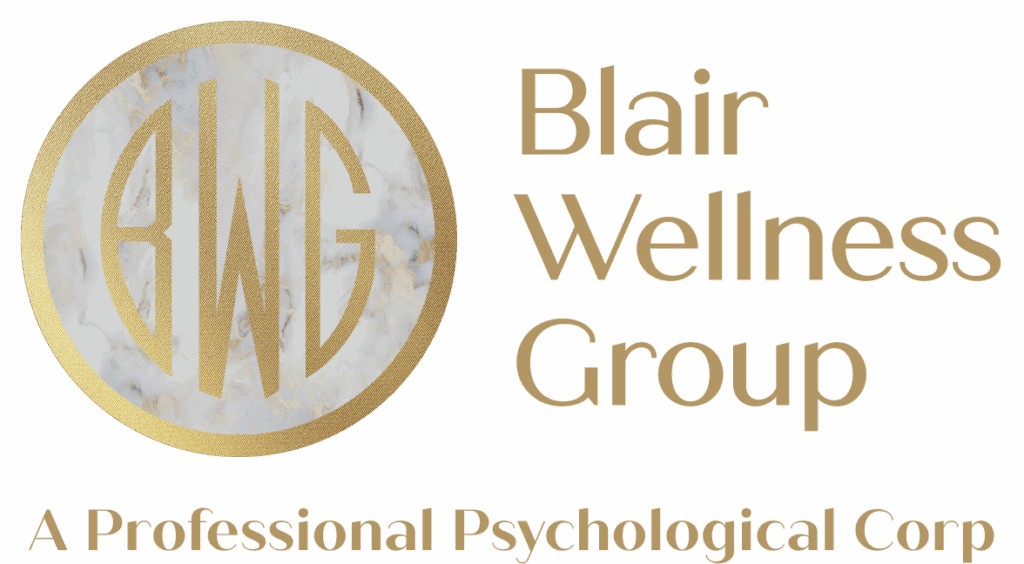Over 6 million children have been diagnosed with ADHD in the United States and continue to increase.
While many children have ADHD, it’s easy for some to dismiss it in adults. But the opposite is true – there are several adults with ADHD, 4% of the adult population.
ADD and ADHD can look different in adults, so how do you even know you have it? Read on to discover some truths about recognizing ADHD in adults.
What is ADHD?
ADHD stands for attention deficit hyperactivity disorder. It’s a neurological disorder that affects attention and executive functioning skills, yet doctors and other neurological specialists are not quite sure of the cause. In other words, those with ADHD find organization and focusing challenging.
ADD was the term used to describe this disorder in the 1980s, but officially transitioned to ADHD in 1987. The difference between these terms is ADHD carries the hyperactivity, while ADD implies lack of focus.
There are three different types of ADHD. One is where the adult is more prone to inattention (sometimes classified as ADD or attention deficit disorder), another is where they are more hyperactive, and the last is a combination of the two. The same is true for children.
ADHD tends to be genetic, so if people in your family have ADHD, there’s a higher chance you have it as well.
ADHD in Adults And Children
ADHD in adults differs from how it’s displayed in children. Many factors add to this.
The first is age. If an individual is diagnosed with ADHD as a child, there’s a chance it will change slightly as they grow into an adult. The symptoms may or may not become less severe.
Another element is gender. Males and females show different types of ADHD because of the way their brain is wired. Males are more likely to develop hyperactivity, while females show inattention, otherwise described as ‘daydreamers.’
Females are often diagnosed later in life, while males are diagnosed much earlier, usually during the elementary-school age.
Symptoms of ADHD in Adults
One of the reasons ADHD is more difficult to pinpoint in adults is because the symptoms not as visible compared to children with hyperactivity and inattention. Much of the distraction and disorganization is happening in the brain. Here are a few signs you may notice if you have adult ADHD.
Impulsivity
See a pair of shoes you love but can’t afford? Or do you have a bad habit of interrupting others while they’re talking? Do you find yourself misbehaving in social situations?
This is the impulsivity that accompanies ADHD. You act without thinking through the consequences or outcome of your actions.
Being Restless
It’s possible that hyperactivity could transcend from childhood to adulthood, but typically an adult will develop a restlessness to them. They become easily bored or frequently talk while thousands of thoughts are running through their minds. Trying to tackle several different projects (and not finishing them!) is textbook ADHD.
Poor Executive Functioning
Executive functioning is a fancy term that means your ability to organize, plan, and finish projects or tasks. For people with ADHD, this is a prominent challenge. For people with ADHD, everything always seems out of control, and they have no idea how to manage it.
They may be consistently late, forget important dates or appointments, lose documents or car keys, and wait until the last minute to do anything.
Emotional Management
It’s common for adults with ADHD also to have other mood disorders like depression and anxiety. But even if they don’t, managing their emotions is hard. They become overwhelmed and give into feelings of anger and frustrations that stem from a myriad of self-esteem issues, and could battle short-temperament.
What if I Think I Have ADHD?
If you think any of the symptoms apply to you, it may ease your mind to see a psychiatrist, psychologist or other mental health specialists. They will review your symptoms and give an official diagnosis, or weed out ADHD completely and suggest an alternative.
Schedule an appointment with a mental health specialist if you find the symptoms above are severe enough to affect your daily life.
Is There A Cure for ADHD?
There is no cure for ADHD, only treatments.
For some, medication is the best form of treatment. Medications may need to be prescribed and adjusted at times to ensure they’re working well.
There are two types of medications – stimulants, which work quickly but produce many side effects, and nonstimulants which are slower to work and have fewer side effects. Side effects will vary between each, but here are a few common ones:
- headaches
- insomnia
- anxiety
- loss of appetite
These are a limited number of side effects. If you find you’re experiencing these regularly, reach out to your doctor so they can fine-tune your dosage.
Cognitive behavioral treatment (CBT) is also a form of treatment. CBT has long been effective for treating several mental health issues like depression, anxiety, ADHD, and other mental health problems. People can choose CBT over medication if they are having adverse reactions to specific meds, but CBT together with medication is a positive and impactful treatment in most cases.
Adult ADD and ADHD: Takeaway
Adults who experience ADD and ADHD do not have to suffer in silence. There are ways to manage your symptoms so you can have a fulfilling life.
Do you need help finding a mental health specialist? Contact us today to see how we can help you!.
Dr. Cassidy Blair is a renowned Licensed Clinical Psychologist and trusted Performance Coach who specializes in providing Concierge-Psychological Care and Executive Coaching for high-achieving professionals. With a deep understanding of the unique challenges faced by CEOs, executives, entrepreneurs, and leaders, Dr. Blair offers tailored, confidential care designed to foster emotional well-being, personal growth, and professional excellence. Her clientele values her discretion, clinical expertise, and emotionally intelligent approach to navigating complex personal and professional dynamics.
- This author does not have any more posts.




